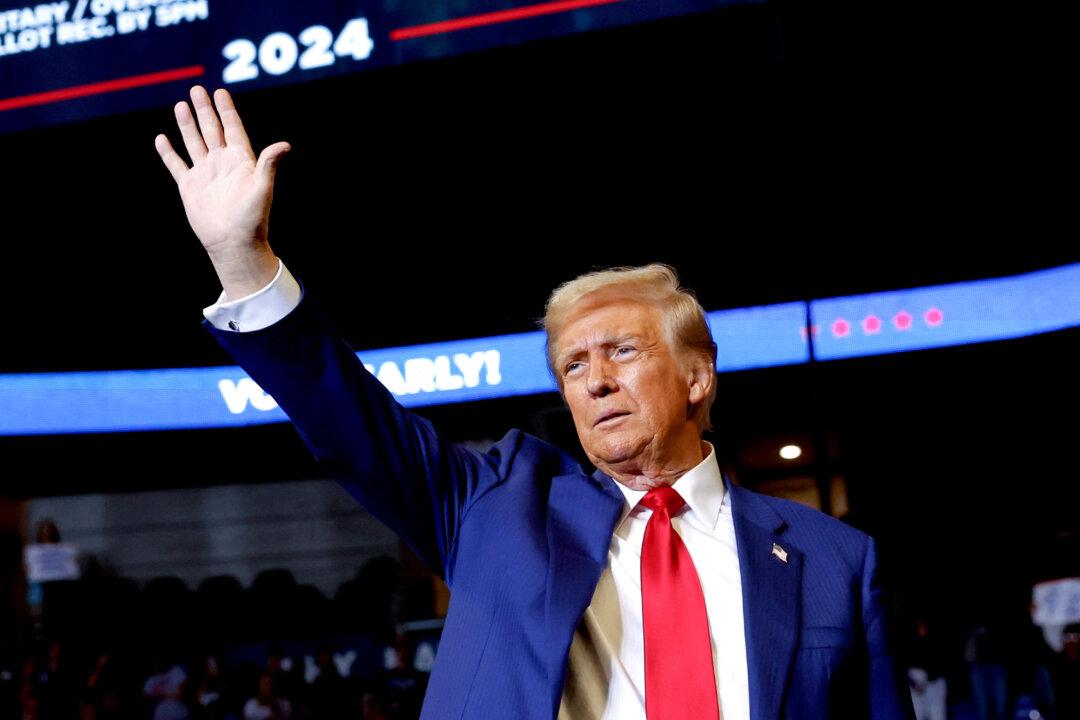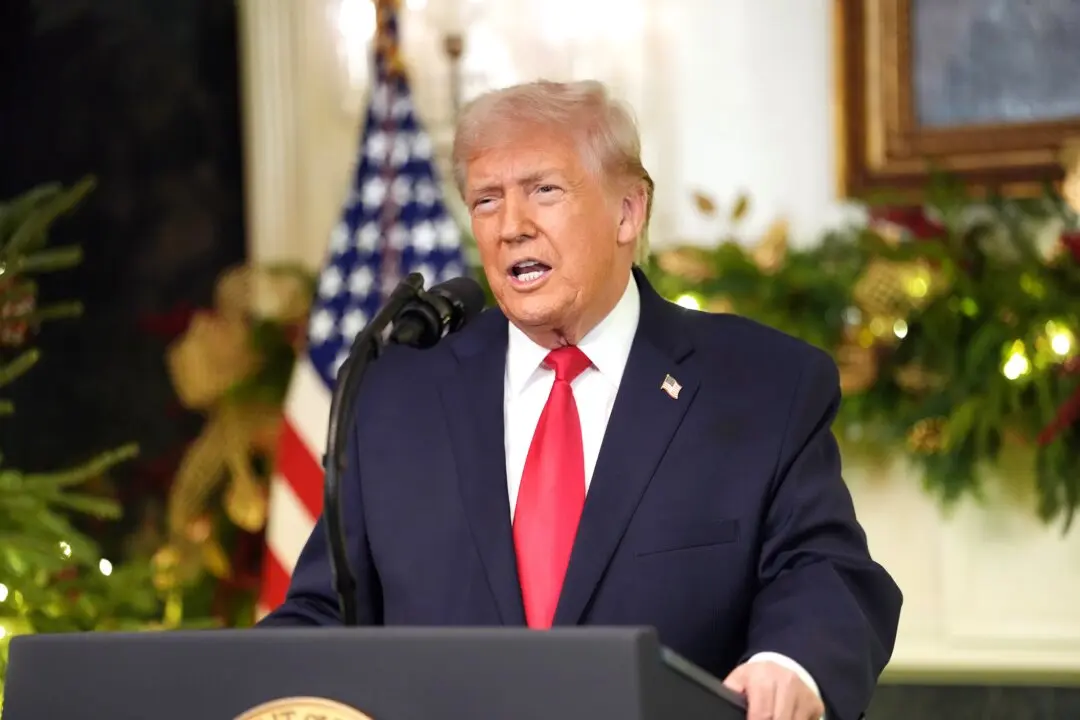President-elect Donald Trump will mark the ceremonial start of trading at the New York Stock Exchange (NYSE) on Dec. 12 by ringing the opening bell, The Epoch Times has learned.
The planned ringing of the opening bell, which had not been officially announced by the time of this article’s reporting, will be a high-profile event for Trump, a born-and-bred New Yorker who left the city during his presidency to establish residency in Florida.





